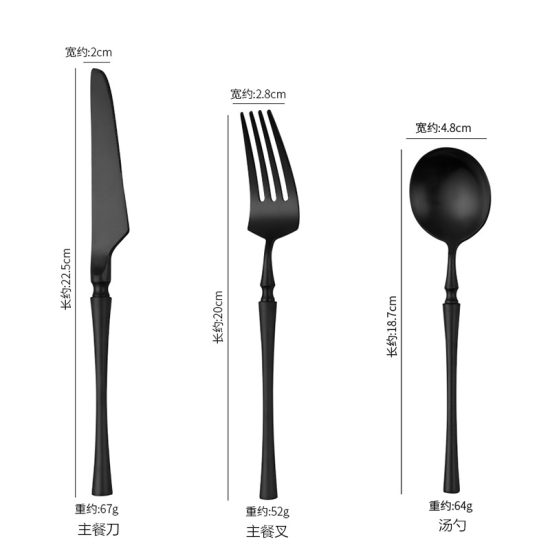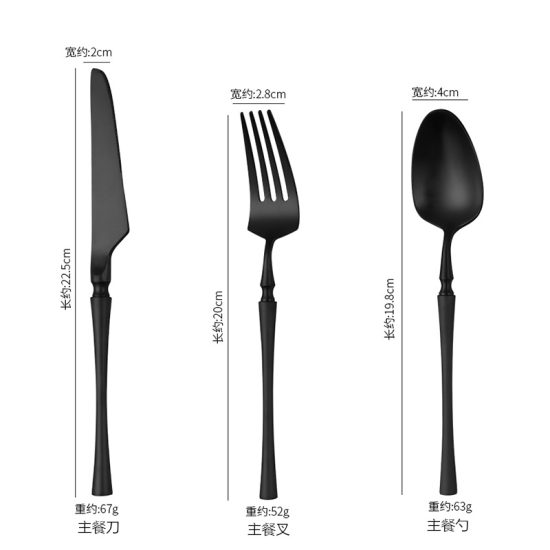A journey through tableware history takes us on a fascinating exploration of how tableware has evolved over time, reflecting changes in culture, technology, and social customs. Here’s a brief overview of the major milestones and shifts in tableware throughout history:
Ancient Civilizations:
- In ancient civilizations like Mesopotamia, Egypt, Greece, and Rome, tableware primarily consisted of simple pottery and stone vessels.
- Wealthier individuals used more luxurious materials like silver, gold, and precious stones for their tableware.
Medieval and Renaissance Periods:
- The medieval period saw the rise of feudalism, where social hierarchy strongly influenced tableware. Noble families showcased their wealth and status through elaborate and ornate tableware.
- During the Renaissance, tableware became more refined and elaborate, with intricate designs and patterns influenced by art and culture of the time.
- Pewter and earthenware were commonly used materials, and wooden trenchers (a type of plate) were also prevalent.
17th to 19th Centuries:
- The 17th century saw the introduction of porcelain from China, which quickly gained popularity in Europe. Chinese porcelain became a symbol of luxury and was highly sought after.
- In the 18th century, European porcelain production started to flourish, with famous manufacturers like Meissen, Sevres, and Wedgwood producing fine porcelain tableware.
- Silver tableware, including silver flatware and serving pieces, was highly valued and often used by the wealthy.
Industrial Revolution and Modern Era:
- The Industrial Revolution brought significant advancements in the production of tableware. Mass production techniques and the use of new materials like glass and stainless steel made tableware more affordable and accessible to the middle class.
- In the late 19th and early 20th centuries, Art Nouveau and Art Deco movements influenced tableware design, with emphasis on geometric patterns, sleek lines, and innovative forms.
- The mid-20th century witnessed the rise of modern and minimalist designs, with influential designers like Bauhaus and Scandinavian designers shaping the aesthetics of tableware.
- In recent decades, there has been a growing emphasis on individuality and diverse aesthetics in tableware, with designers experimenting with unconventional materials, forms, and patterns.
Contemporary Trends:
- Contemporary tableware trends focus on sustainability, eco-friendly materials, and versatile designs that cater to modern lifestyles.
- There is a growing interest in handmade and artisanal tableware, supporting craftsmanship and unique pieces.
- Sustainable and eco-friendly materials like bamboo, recycled glass, and biodegradable materials are gaining popularity.
- Minimalist and Scandinavian-inspired designs continue to be favored, featuring clean lines, neutral colors, and functionality.
Through each era, tableware has not only served functional purposes but also reflected cultural values, social status, and artistic expressions. Exploring tableware history allows us to appreciate the rich heritage and evolution of these everyday objects that have played a significant role in our dining experiences throughout time.


